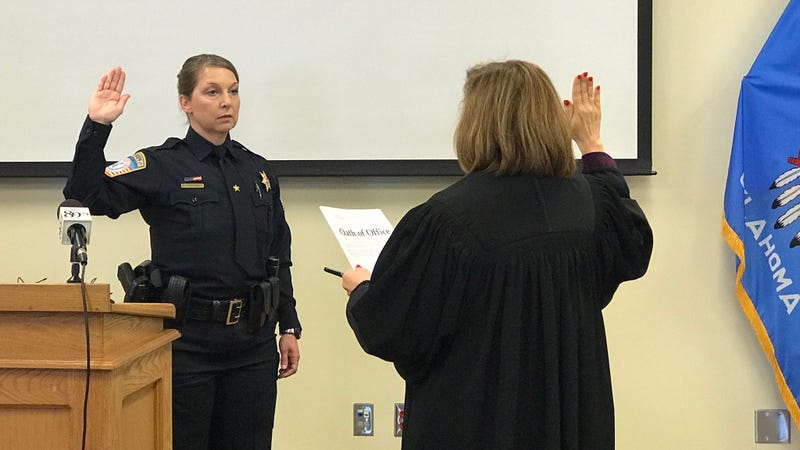Tampa Bay Times
Editorial: The unvarnished truth about climate change
Tampa Bay Times Editorial August 9, 2017
 Associated Press
Associated Press
Crews battle a wildfire near Mariposa, Calif., on July 18. Officials say the record rain and snowfall that ended California’s five-year drought has turned into a challenge for firefighters battling flames feeding on dense vegetation.
The latest federal report on the Earth’s warming climate doesn’t mince words about the disturbing trends, man’s contributions or the dangers that millions across the globe already face, especially in low-lying coastal areas in Florida and elsewhere. It is yet another call to action for federal, state and local officials — and they all have a role to play in curbing emissions of heat-trapping gases, shoring up infrastructure, improving flood control and finding more efficient ways for societies to grow and manage their populations.
Drafted by scientists at 13 federal agencies, the report cited the warming trend as “global, long term and unambiguous.” Global temperatures have increased by about 1.6 degrees over the past 150 years, the study found, and thousands of studies have created “many lines of evidence” to conclude that human activity is primarily behind the changing climate. The authors found it “extremely likely” that most of the warming since 1951 was caused by humans, and that even if emissions were to cease, existing levels of greenhouse gases in the atmosphere would cause temperatures to increase at least a half-degree Fahrenheit over this century.
The report, by 30 lead authors representing agencies such as NASA, federal laboratories, the private sector and universities, is part of the National Climate Assessment. That is a congressionally mandated analysis that seeks to build on the existing science and provide a snapshot of the current state of climate change. It found an increase in the frequency and intensity of extreme weather, and warming in the Arctic at twice the rate of the global average — a phenomenon that could impact sea levels, the weather and other patterns in the lower 48 states. One-third of the sea level rise since 1880 has occurred since 1990, and coastal communities from the Gulf of Mexico to the Atlantic are at increasing risk of routine flooding, saltwater intrusion into the drinking water supply and the collapse of roads, utilities and other vital infrastructure. That puts Florida’s east and west coastlines at risk, yet Gov. Rick Scott’s administration has been less aggressive than local governments in South Florida and Tampa Bay in addressing the challenges.
The findings contradict the talking points of the Trump administration, which has openly questioned the science behind climate change and the degree that humans contribute to it, and which has moved to reverse the clean-air initiatives of the Obama White House. The unpublished analysis was made available to the New York Times days before Sunday’s deadline for the 13 federal agencies to approve the report. Making the report public at least forces the Trump administration to explain why it does or does not stand behind the science.
This national assessment lays a foundation for securing federal funding and regulatory direction on climate policy, and it offers state and local governments the technical assistance they need to incorporate the impact of climate change into their planning for infrastructure, land use and other long-term issues. States and cities, though, cannot cede all responsibility to the federal government. Studies show Florida, for example, has invested trillions of dollars in infrastructure with virtually no consideration given to rising sea levels. Rising seas could swell Tampa Bay up to 19 inches over the next quarter-century, putting tens of thousands of residents at risk. The federal study is another wake-up call about a threat that is real, here and more pressing by the day.

 Michael Harriot August 10, 2017
Michael Harriot August 10, 2017  @PJonesFOX23 via Twitter
@PJonesFOX23 via Twitter


 The Dry Lake Wind Power Project in Arizona. CREDIT: Department of Energy
The Dry Lake Wind Power Project in Arizona. CREDIT: Department of Energy




